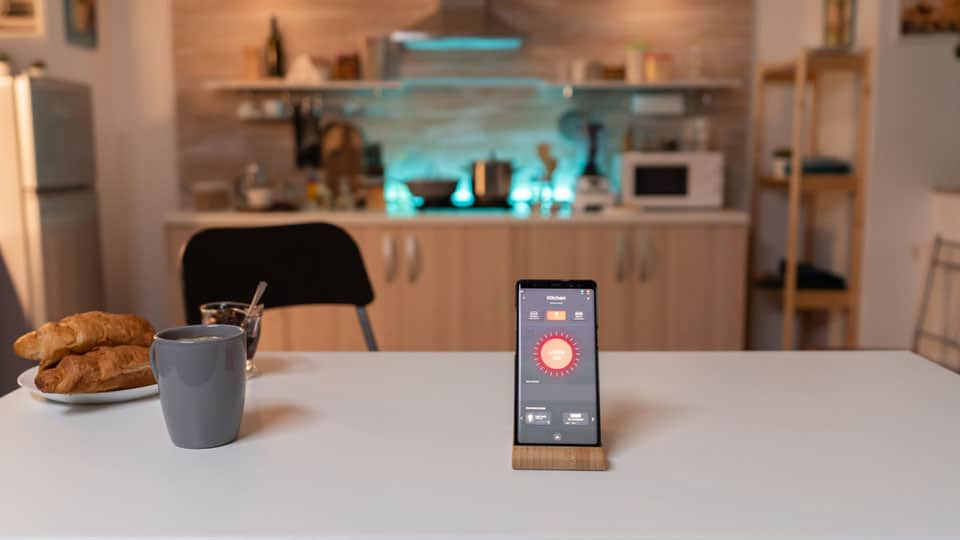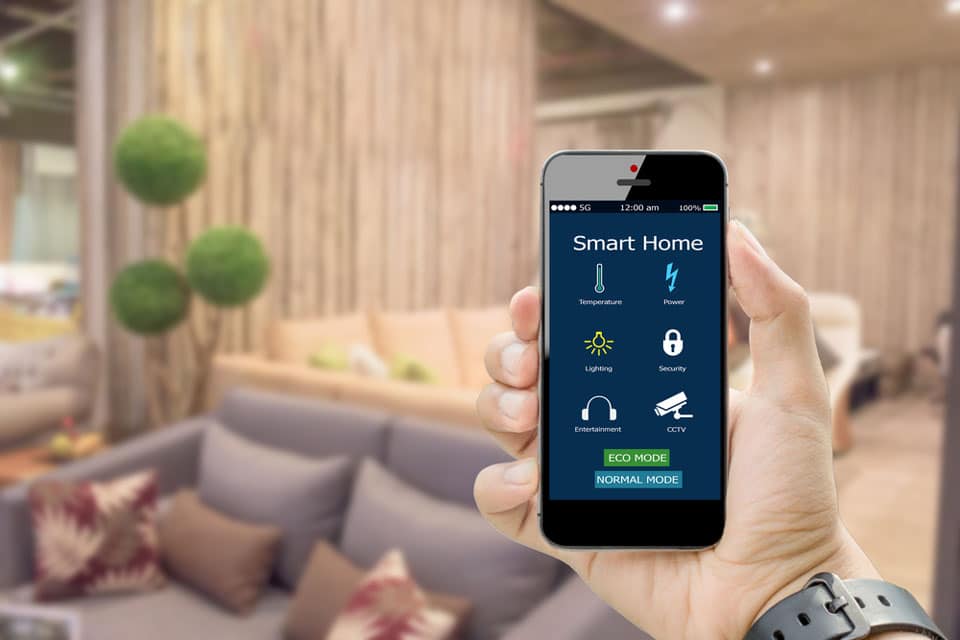Smart Home Devices: the Key to Domestic Efficiency

Corporate executives have demanding jobs. They work long hours solving complex problems in business. That’s why when executives get home, they want to relax.
And if there’s one thing a good executive should appreciate, it’s innovation. It should come as no surprise that innovators have found ways to improve every home owner’s experience with smart technology. Today, devices exist on the market for everything from thermostat control to restocking the refrigerator. Smart devices (and smart homes) are revolutionizing the executive’s home.
It’s not just C-suite business executives that appreciate smart homes. 7 in 10 American households own a smart device for their home. Just over 1 in 6 have 2 devices or more. In the year of 2021, 349 million smart devices were shipped. That number is projected to increase more than 5 times over by 2025. That’s an incredible rate of growth!
Let’s break down the numbers further. What are the most used smart home devices in the US? The most popular category is entertainment. This can include smart TVs and smart speakers, such as Amazon’s Alexa. The next popular category is security. 1 in 3 homes are able to lock their doors and monitor their homes from anywhere. In third place we have usage monitors. Usage monitors are helping 1 in 5 homes be more cost effective. Smart water heaters can save $4,500 over 10 years. Smart thermostats can cut HVAC costs by 10% every year. Financial officers appreciate the cost savings represented in these numbers.
Other smart home devices like lighting and appliances don’t have the same level of adoption yet. One reason could be their relatively new presence on the market. Another reason could be that smart appliances are still significantly more expensive than basic ones. Until customers can see a cost advantage to getting a smart appliance, they may decline to buy one.
Another reason for limited adoption of certain devices could be that they cater to a niche, not a wider market. For example, smart mirrors have a 2% adoption rate. The most popular smart mirror on the market, Hilo, caters to fitness junkies and makeup artists. These two segments of the wider home market appreciate smart mirrors for improving their workouts and makeup application process.
This is one way in which smart home technology can make the home more customizable to the individual living in it. Different homes support different smart devices to give owners the best experience. For a top executive who spends limited time at home, a smart refrigerator could optimize the grocery shopping process. Smart fridges can track the food inside them and alert the owner when something runs low or expires. Today, less than 5% of homes have smart fridges, implying exclusivity of the service.

Beyond different devices appealing to certain people, smart home devices more generally are seeing a generational divide in adoption. Young buyers especially are clamoring for their own piece of the smart home pie. 86% of Millennials would pay more for a connected home. They (along with Gen Z) overwhelmingly see adopting smart home tech as a positive. As a result, expect smart home tech adoption to grow with time. Millennials today are middle aged; they’re the prime age to buy and improve houses. They’re the generation spending the most on smart home technology to the tune of $1,226 per year on average. If the current generation of business leaders aren’t bringing smart tech into their home, the next generation will.
Thanks to the help of experts, smart home tech is always changing. Innovators and business leaders are sculpting smart home tech into faster, better, and more streamlined homeowner experiences. For example, Dr. Diane J. Cook is a professor at Washington State University. She is studying the ways sensors and robotic home care assistants can influence smart homeowner habits. On a wider scale, Dr. Saraju Mohanty of the University of Northern Texas is developing smart devices for city infrastructure. If cities implement smart devices safely, they can improve the lives of millions. Usage monitors alone can save cities millions of water and electricity.
Whether or not an individual is a customer in the market, one can still expect the smart home market to reach $205.61 billion by 2026. This incredible growth will be fueled by major shifts in the industry. Mechanical innovations will occur alongside different price levels and subscription models. Right now, many smart devices are bought outright. However, a monthly subscription fee could offer a price more customers can afford.
Written by Brian Wallace.
Have you read?
Which are the healthiest countries in the world for 2023?
Best Business Schools In The World For 2023.
An Interview With An SEO God, Meet Charles Floate.
CEO Spotlight: Bardya Ziaian, Founder of Bardya Pictures, Ltd.
Effective Nonprofit Marketing for CEOs: A Step-by-Step Guide.
Leading a Diverse Sales Team by Adham H. Fayad.
Bring the best of the CEOWORLD magazine's global journalism to audiences in the United States and around the world. - Add CEOWORLD magazine to your Google News feed.
Follow CEOWORLD magazine headlines on: Google News, LinkedIn, Twitter, and Facebook.
Copyright 2025 The CEOWORLD magazine. All rights reserved. This material (and any extract from it) must not be copied, redistributed or placed on any website, without CEOWORLD magazine' prior written consent. For media queries, please contact: info@ceoworld.biz








